-
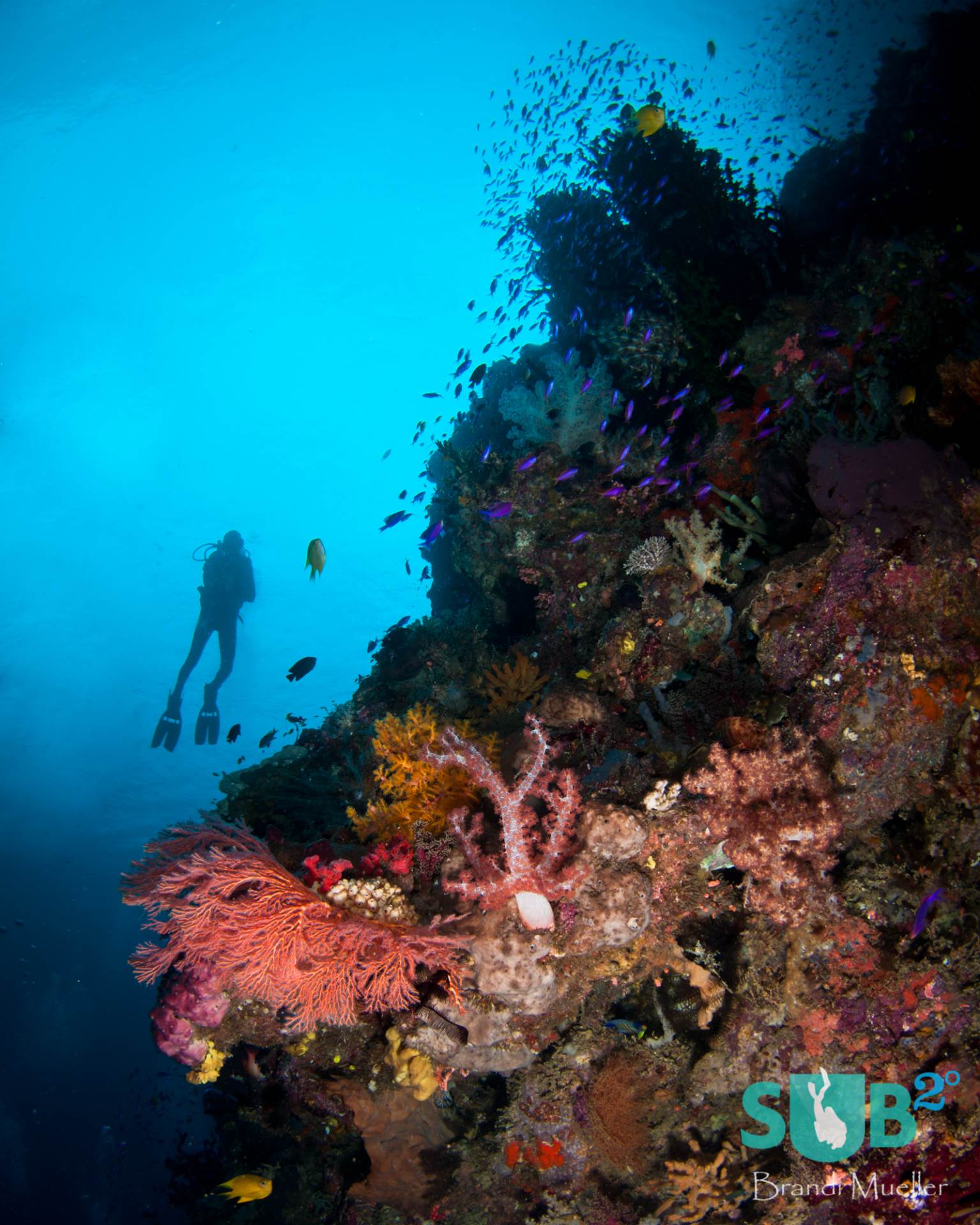
Diver Exploring the Reef
Colorful soft corals and purple anthias are abundant on coral bommies. -
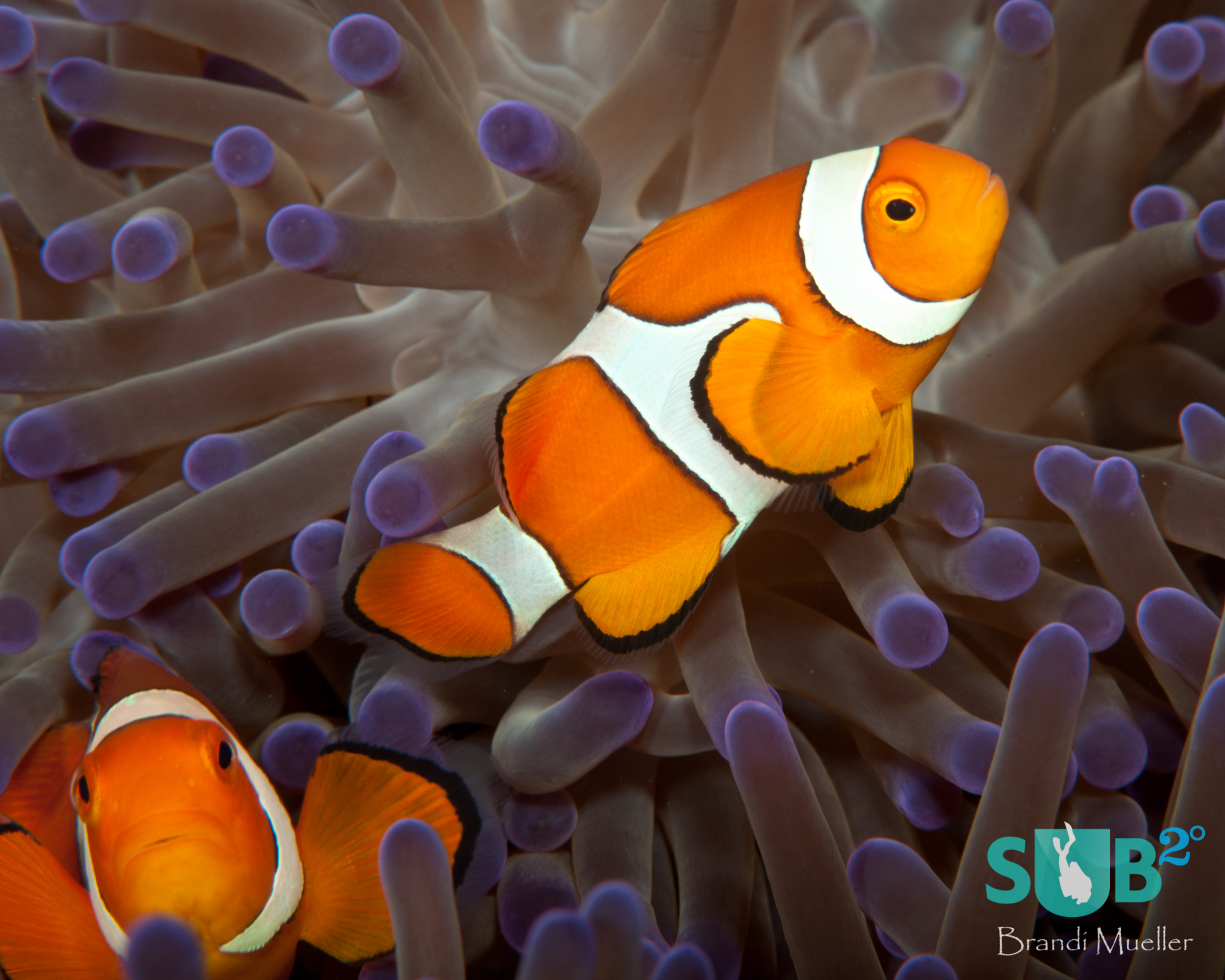
False Clownfish
A bright purple anemone is home to fluorescent orange false clownfish. -
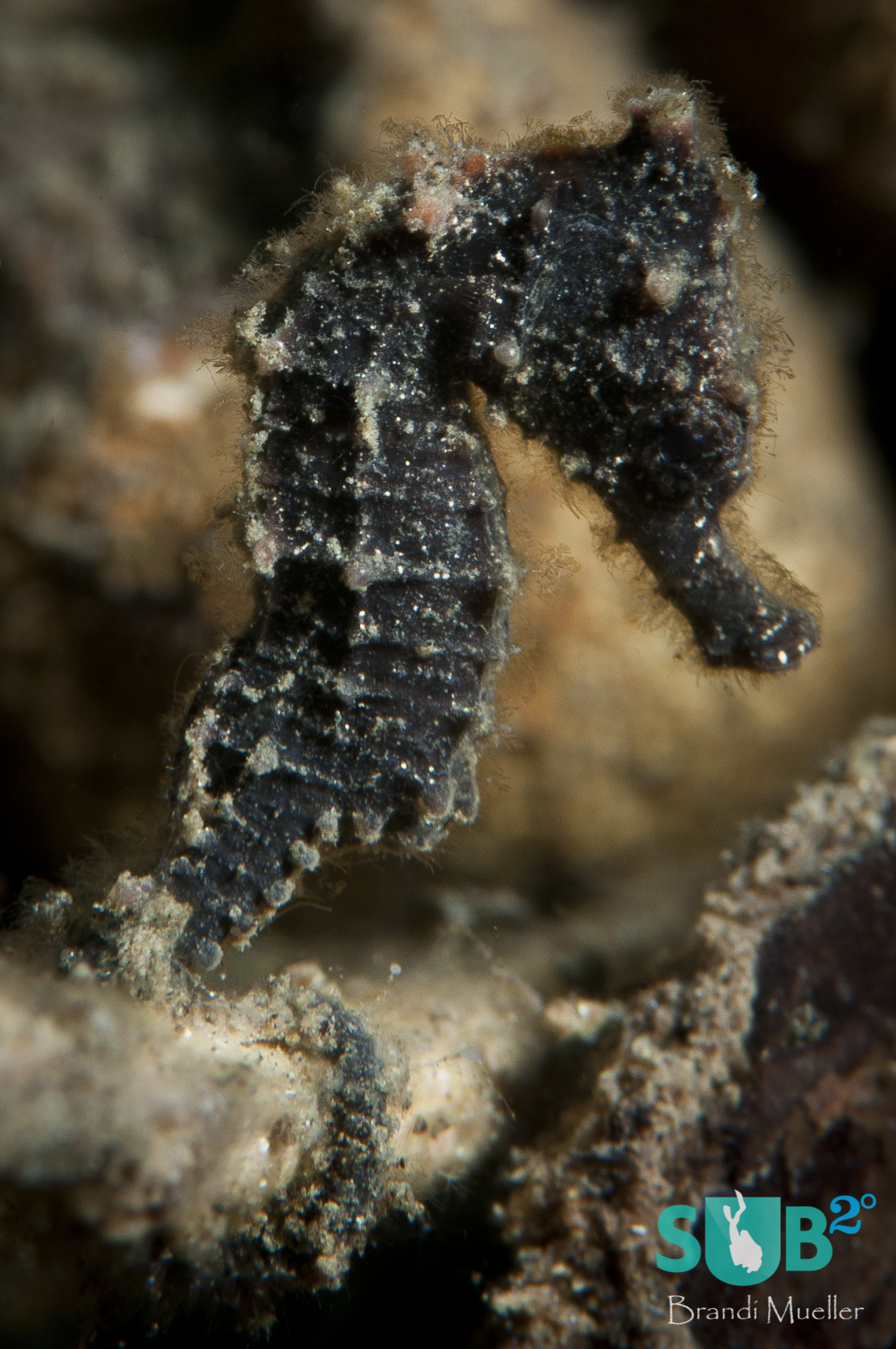
Camouflage
This tiny seahorse's coloration allows it to blend in perfectly with its home's surrounding dark debris.
Papua New Guinea Diving
Positioned right on the Pacific Ring of Fire, Papua New Guinea has some of the most diverse underwater environments in the world, with up to twice as many marine species as the Red Sea in Egypt and up to ten times as many as the Caribbean. Its coral reef system is the fourth largest in the world, and a small individual diver fee levied by the dive resorts goes back to the local tribes, who protect the reef areas and prevent overfishing.
You only have to go a few metres out from most shorelines to find spectacular vertical drops of 300 metres (1,000 feet) or more. In these deeper waters you will be rewarded with a plethora of pelagic marine life like barracuda, tuna, manta rays, and hammerhead and whitetip sharks. Most regions have a couple of good drift dive locations to take advantage of the currents.
In more sheltered bays and inlets around Kimbe Bay and Kavieng, a vast range of soft and hard coral formations can be found on the reefs – over 70% of all Indo-Pacific species are represented - as well as gigantic sea fans, giant clams, and the odd green turtle. There are excellent, expert-led macro photography and muck diving opportunities as well; in fact, muck diving was invented right here in Papua New Guinea.
Macro species include gobies, seahorses, shrimp, pipefish, anenomefish, squat lobster, and an unusually high number of nudibranch species including the beautiful Spanish Dancer. Many of the dive sites are fairly shallow, so flash-free photography is not only possible, but can produce dazzling results.
Not too far from Kavieng you will even find a freshwater cave dive that local dive masters know about.
Papua New Guinea is also one of the best wreck diving destinations, with plenty of World War II Japanese wrecks to be found especially around New Ireland and New Britain.
Safety Tip:
There is a hyperbaric recompression facility in Port Moresby, operated by Hyperbaric Health Australia. Whilst most dive operators run high standard operations, it is recommended that separate diving insurance is taken out due to the relative isolation of the dive locations and the limited recompression facilities in country.
Further Reading
Featured Posts
-
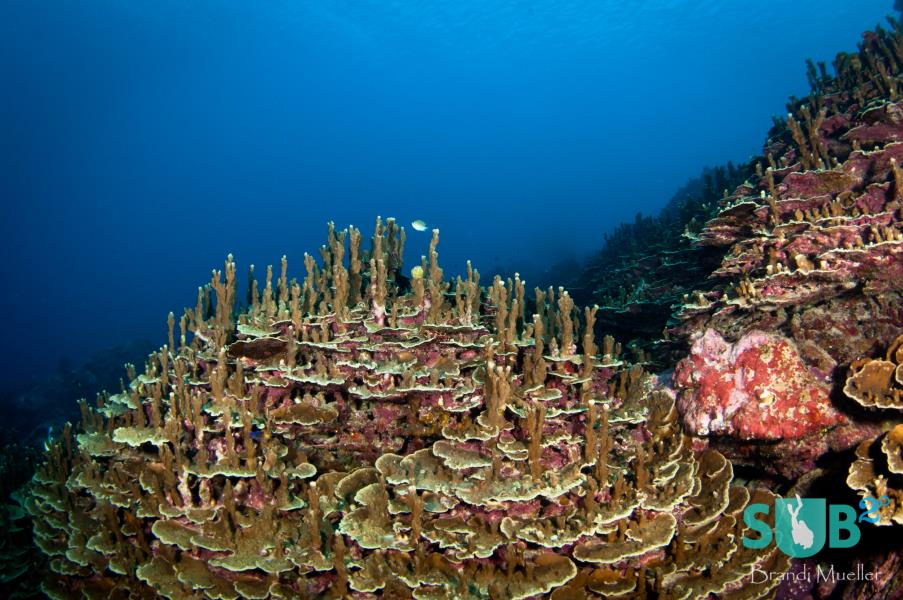
The Unique Diving of Guam
Often overlooked, the island of Guam is surrounded by fantastic diving. White sand beaches and calm, clear waters invite divers to explore the ocean and see the healthy coral and plentiful fish populations below.
-

Papua New Guinea's Milne Bay
Papua New Guinea is one of the world's best dive destinations and Milne Bay offers fantastic reef diving and muck diving in the same location. Clear waters and phenomenal creatures make for an excellent dive trip that’s enti...
-

Sharks of the Bahamas
Shark feeding dives are no longer just for the avid diver or thrill seekers. Bahama's crystal clear waters are the best environment to come nose to nose with a frenzied school of sharks after they smelled the chum.
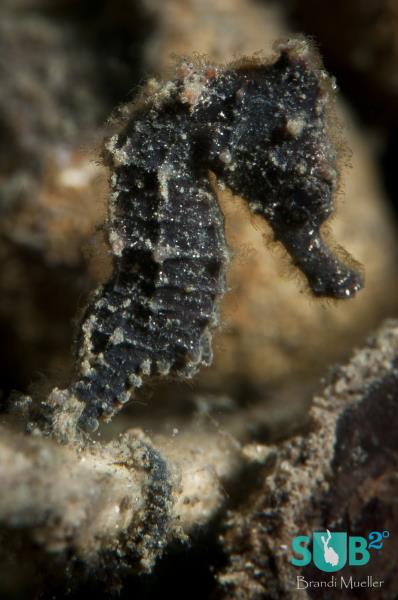


Load more comments
Aali 9/28/2014 11:55:11 AM Amazing